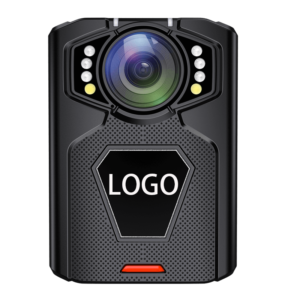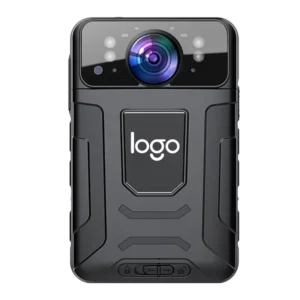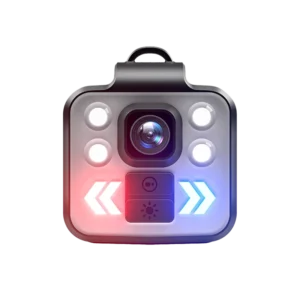I. Background and Objectives
With rising service standards and security demands in the hotel industry, traditional management models face the following challenges:
- Difficulty in Tracing Service Quality: Lack of objective evidence for guest complaints, leading to ambiguous accountability.
- Insufficient Security Safeguards: No real-time records for night patrols or emergency responses.
- Employee Behavior Standards: Need to strengthen service process standardization and professional conduct supervision.
- Legal Compliance Risks: Requirements to align with regulations such as the Personal Information Protection Law (PIPL).
Badge-style body cameras (hereafter “cameras”), with features like portability, real-time recording, and cloud storage, offer an integrated solution for service optimization, safety management, and accountability tracing in the hotel industry.
II. Equipment Selection and Technical Specifications
Recommended specifications for hotel-adapted cameras include:
- High-Definition Recording: 1080P or higher resolution, wide-angle lens, night vision infrared mode.
- Portable Design: Badge-style appearance, weight ≤100g, magnetic/clip-on or lanyard attachment.
- Encrypted Storage: Local storage + cloud backup with data encryption and tamper-proofing.
- Smart Features: Voice activation, GPS positioning, one-touch emergency alerts.
- Long Battery Life: ≥8 hours of continuous recording with fast-charging support.
III. Application Scenarios and Implementation
(A) Core Application Scenarios
- Front Desk Services and Guest Complaint Handling
- Record check-in/check-out processes and complaint resolutions to retain service evidence.
- Real-time recording of special incidents (e.g., conflicts involving intoxicated guests) to protect the rights of both parties.
- Security and Patrol Management
- Document night patrols, fire safety inspections, and suspicious individual screenings.
- Integrate with hotel surveillance systems to create a multi-layered security network.
- Housekeeping and Maintenance Services
- Automatically activate recording when staff enter guest rooms to prevent disputes over lost items.
- Document repair processes to enhance service transparency.
- Employee Training and Quality Control
- Randomly review recordings for case studies to improve training programs.
- Use AI behavior recognition (e.g., smile detection, polite language analysis) to monitor service standards.
(B) Implementation Phase
- Pilot Phase (1-2 months)
- Deploy cameras in security and front desk teams; gather feedback to refine workflows.
- Develop Camera Usage Guidelines clarifying activation/deactivation rules and privacy protocols.
- Full-Scale Rollout (3-6 months)
- Expand to housekeeping, engineering, and maintenance departments.
- Establish a cloud management platform for categorized data storage and role-based access control.
- Continuous Optimization
- Analyze data quarterly to improve service processes.
- Upgrade AI modules for complaint prediction and service scoring.
IV. Privacy Protection and Compliance
- Data Collection Transparency
- Post notices in public areas about camera usage scope.
- Obtain written guest consent for in-room recording (e.g., signed authorization before maintenance).
- Data Security Management
- Video files stored for ≤30 days (extendable for special incidents).
- Role-based access: Frontline staff view only their recordings; management requires approval for retrieval.
- Legal Compliance
- Adhere to the Personal Information Protection Law and Civil Code.
- Engage legal advisors to audit workflows and mitigate privacy infringement risks.
V. Expected Benefits
- Improved Management Efficiency: Dispute resolution time reduced by over 50%, minimizing conflict-related costs.
- Enhanced Service Quality: Behavioral data analysis to boost guest satisfaction by 20%-30%.
- Reduced Security Risks: Higher evidence collection rates for theft/violence incidents, streamlining insurance claims.
- Strengthened Brand Image: Transparent service processes as a differentiated competitive advantage.
VI. Budget and Support
- Hardware Costs: ~¥300-1,500 per unit
- Software System: ~¥30,000-50,000/year for cloud platform.
Conclusion
The adoption of badge-style body cameras represents not only a technological upgrade but also a critical step in the hotel industry’s digital transformation. Through strategic planning and compliance management, hotels can achieve synergistic improvements in service quality, risk prevention, and operational efficiency, driving high-quality development in the sector.




